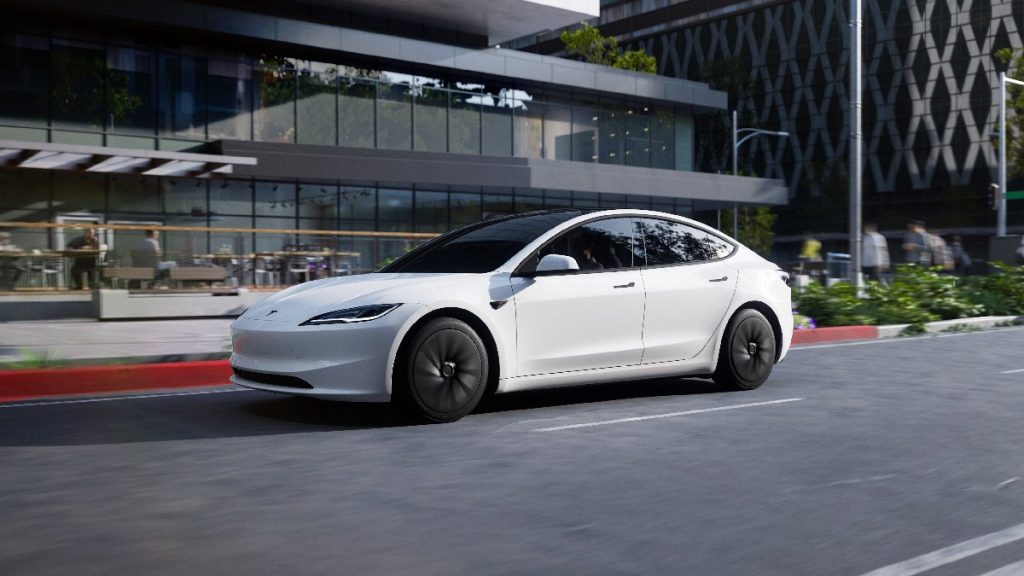In a significant strategic shift, Tesla today announced the launch of a new line of more affordable electric vehicle (EV) models, a direct response to intensifying competition and a noticeable dip in its global market share. The move signals a renewed focus on accessibility and volume, aiming to attract a broader consumer base that has increasingly been swayed by a growing array of budget-friendly EV options from traditional automakers and emerging Chinese rivals.
For years, Tesla dominated the premium EV segment, pioneering electric technology and building an iconic brand. However, recent quarters have seen the company face unprecedented challenges:
- Increased Competition: Manufacturers like BYD, Volkswagen, Hyundai, and Ford have significantly ramped up their EV offerings, often at more competitive price points.
- Slowing Demand for Premium EVs: Economic uncertainties and market saturation in the high-end segment have led to slower sales growth for Tesla’s existing models.
- Production Delays and Quality Concerns: Occasional issues with production ramps and perceived quality issues have also impacted consumer confidence.
The New Offensive: Price and Accessibility
The newly unveiled models are expected to sit below the current Model 3 and Model Y in terms of price, making Tesla ownership accessible to a larger demographic. While specific details on the models’ names, exact pricing, and features are still emerging, industry analysts predict a starting price point significantly lower than current offerings, possibly dipping into the mid-$30,000 range.
“This is a pivotal moment for Tesla,” stated automotive analyst Jane Doe. “Their early lead allowed them to command premium pricing. Now, to maintain dominance and achieve their ambitious growth targets, they must compete on a broader scale. These cheaper models are essential for tapping into the mass market.”
Manufacturing Innovations to Drive Down Costs
To achieve these lower price points, Tesla is reportedly leveraging significant advancements in manufacturing. Sources suggest the company is utilizing:
- Next-generation battery technology: Potentially allowing for more cost-effective power storage without compromising range significantly.
- Streamlined production processes: Including further automation and optimized assembly lines at its Gigafactories.
- New platform designs: Specifically engineered for lower material and production costs.
CEO Elon Musk, during a rare public appearance to introduce the new lineup, emphasized the company’s commitment to making sustainable transportation accessible to everyone. “Our mission has always been to accelerate the world’s transition to sustainable energy,” Musk stated. “These new vehicles are a massive step forward in making that mission a reality for millions more people globally.”
Impact on the EV Market and Tesla’s Future
The launch is expected to send ripples across the entire EV industry. Competitors who have been chipping away at Tesla’s market share with their own affordable EVs will now face renewed pressure from the brand that largely defined the segment.
Analysts anticipate that while profit margins on these cheaper models might initially be tighter, the sheer volume of sales could offset this, significantly boosting Tesla’s overall revenue and market capitalization. The success of this new strategy will be crucial in determining whether Tesla can regain its lost momentum and continue to lead the charge in the rapidly evolving electric vehicle landscape. The coming months will reveal if these affordable EVs can indeed electrify Tesla’s market share once more.








